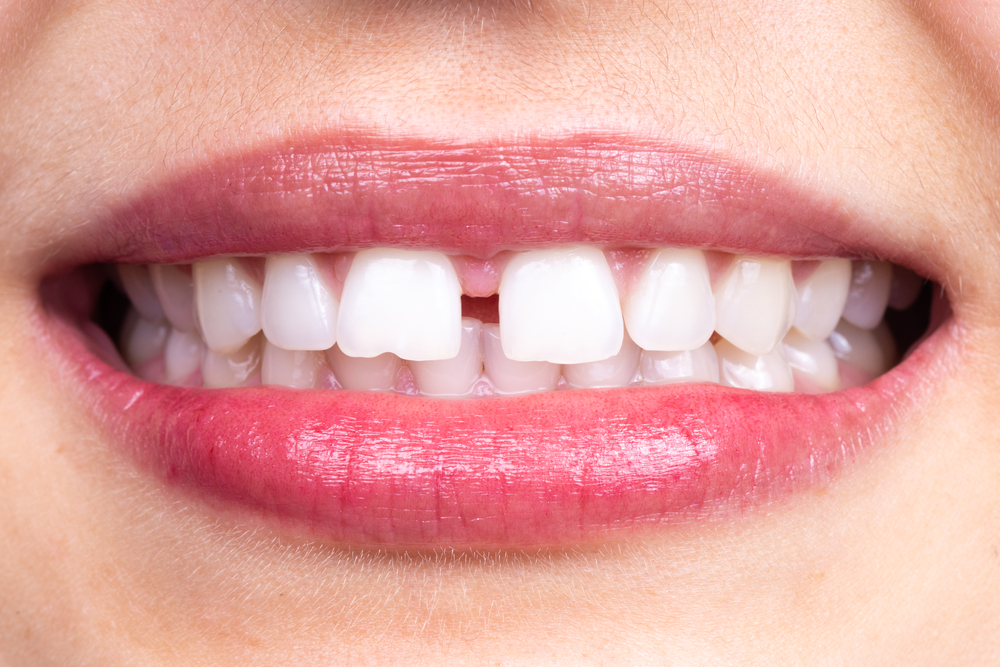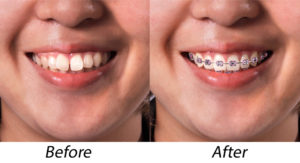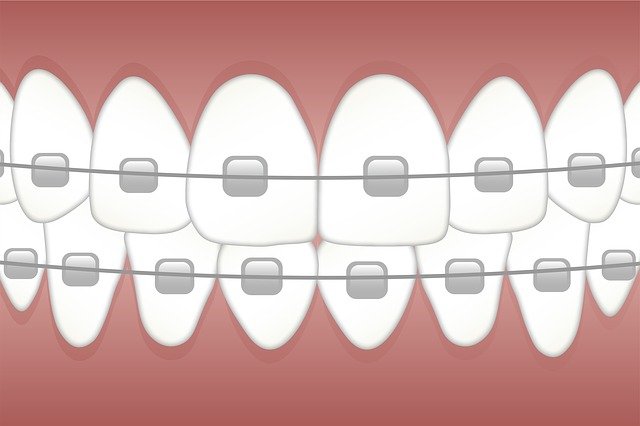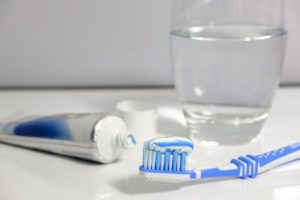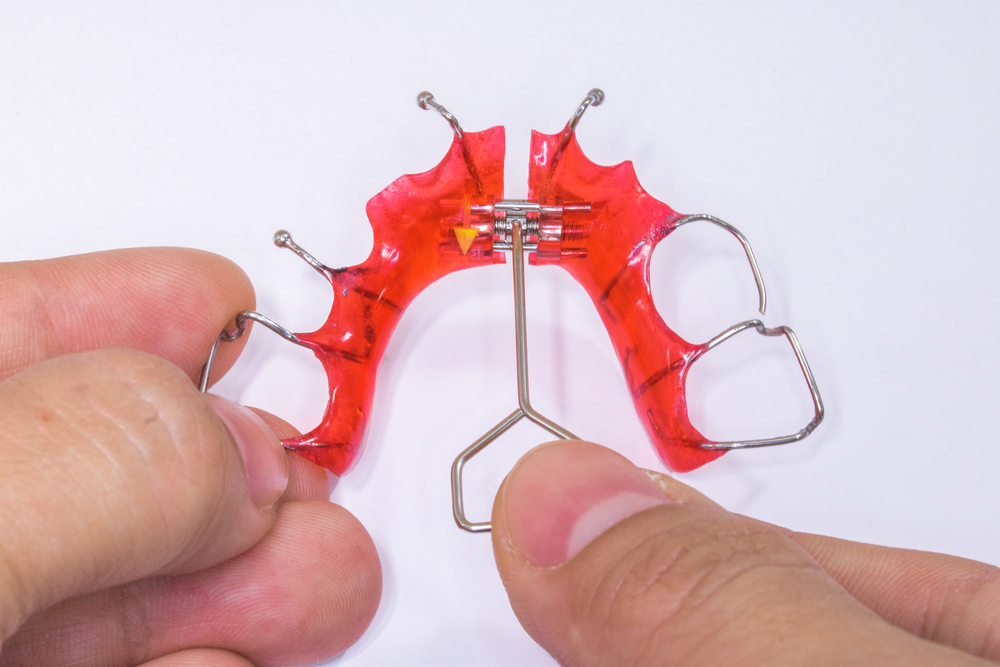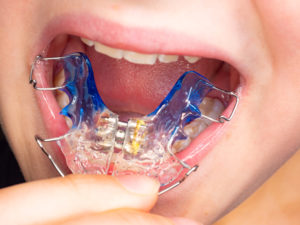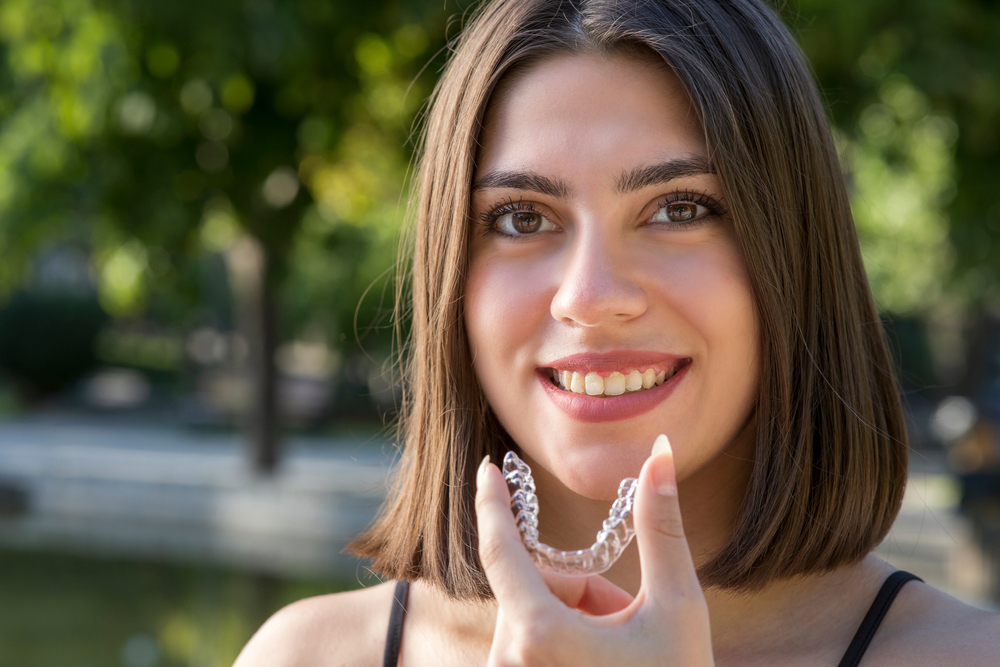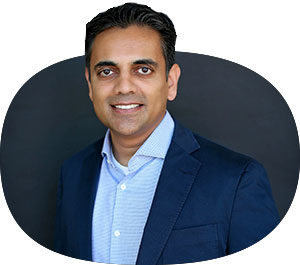
Invisalign With Missing Teeth? Why You May Need Orthodontic Treatment Before Getting a Dental Implant
You’re ready to fill gaps and improve the look and health of your smile. Congratulations! But you might be wondering, “Can you get Invisalign with a missing tooth?” or “Can you get braces with a missing tooth?” The answer to both is, yes! You can definitely have braces or Invisalign with missing teeth. In fact, getting orthodontic treatment first and then replacing missing teeth with dental implant surgery is a great combination for achieving a full, straight, and healthy smile.
So why would you first use Invisalign or braces and then fill gaps? Simply put, getting Invisalign® when you have missing teeth will move your existing teeth into their ideal positions, giving gaps the right amount of space for dental implants to fit. If you’ve been missing teeth for a while, you might have noticed that the teeth around an empty space have drifted to fill the gap, making the space smaller and not big enough for a tooth implant.
Don’t worry, this movement is natural — teeth have a tendency to shift into open areas. Although your teeth feel like they’re sitting pretty solidly, they’re actually held in place by elastic-like periodontal ligaments and tiny filaments that allow for movement. (And you might have guessed, this is also how we’re able to move your teeth in orthodontic treatment!)
Getting Invisalign with Missing Teeth
Let’s dive into the process of getting Invisalign® when you have missing teeth. First, you’ll be happy to know that the steps are the same as if you had all your teeth from the start. Many of our adult patients at The Brace Place ask about Invisalign® (vs. braces) because it’s a discreet treatment that works well for busy, professional lifestyles. So if Invisalign® sounds appealing to you, here is how the Invisalign® process works with your Tulsa and Claremore Invisalign® provider:
A 3D Scan of Your Mouth – Your free, initial consultation involves a 3D scan of your mouth with our iTero® digital scanner. These quick, painless scans are sent to our computer to create a 3D digital model of your mouth.
Invisalign® Treatment Plan – Dr. Anand Patel plans your Invisalign® treatment on the 3D model so you can see your smile transformation. He digitally moves every tooth into their ideal positions and can visualize different outcomes for your perfect smile. When using Invisalign® with missing teeth in preparation for tooth replacement, Dr. Patel will ensure that your tooth movements create the right amount of space for your tooth implants.
Your custom prescription is sent to the Invisalign lab who produces your clear aligners based on Dr. Patel’s specifications. Since you have gaps in your teeth, your clear aligners will have spaces that correspond with where your dental implants will eventually sit once you finish Invisalign treatment.
Invisalign Treatment – Depending on your treatment schedule, you’ll change your clear aligners about every two weeks. It’s exciting to see your teeth straighten and gaps open up in preparation for your dental implants!
Can Invisalign Close A Missing Tooth Gap?
At this point, you might be wondering, “Hold on, can Invisalign close a missing tooth gap, too? Or is it only for opening up space to replace a missing tooth?” Invisalign is typically recommended for closing small gaps between teeth like diastema, not for closing large gaps. We recommend seeing Dr. Patel so he can examine your specific case and determine how Invisalign® can work best for you to close or expand your gaps.
Can You Use Invisalign with Dental Implants?
Now some patients already have dental implants but want to straighten their smile with Invisalign® or braces. Perhaps age has shifted teeth and an implant — which is stationary — now looks out of place. Or maybe an implant was aligned with crooked teeth and now you want a straight smile. We’re happy to report that you can still get the smile you want. An orthodontic specialist like Dr. Patel will consider how long ago your implant was placed, and if it can stay where it is while still aligning properly with your other teeth. Alternately, your implant could be removed then replaced after your orthodontic treatment is finished.
Can you Get Braces if you Have a Missing Tooth?
We’ve talked at length about Invisalign® with missing teeth but maybe you’re more interested in braces? After all, most people are quite familiar with braces since they’ve been around forever! If you’re weighing Invisalign® vs. braces and leaning towards the latter, you might be thinking, “Can you get braces if you have a missing tooth?” And what about braces to close the gap from a missing tooth? Generally, what we’ve mentioned about Invisalign® applies to braces as well.
However, braces can close up large spaces when many teeth are missing, which isn’t always the case with Invisalign®, and this reduces the number of dental implants you’ll need afterwards. Remember, everyone’s case is unique, so a consultation with an orthodontist like Dr. Patel will clarify your treatment options.
Tooth Replacement Options
Let’s turn to the next step: tooth replacement. As mentioned previously, treating missing teeth is important aesthetically and for your oral health. The most common tooth replacement option is dental implants which mimic the look, feel, and function of real teeth. What are dental implants? Permanent, prosthetic teeth that require dental implant surgery to insert. A titanium post is fitted into your jaw and acts like an anchor.
Then a crown is attached as the visible part of your tooth. Dental implants are considered the best tooth replacement option because they perform like real teeth, are durable, and can last a lifetime if well taken care of. It goes without saying that a dental implant “before and after” is quite remarkable! Pair that with straight teeth from Invisalign or braces and you’ve got your dream smile.
Dr. Patel and his team are experts in helping patients get the smile they’ve always wanted, regardless of how complicated the case! Interested in Invisalign or braces but have missing teeth? No problem. Book a free in-person or virtual initial consultation with your Tulsa and Claremore, OK orthodontist and get started on the smile you deserve!



